A disrupted planting schedule and unusually wet weather has increased demand for propane used to dry corn, creating shortages exacerbated by transportation bottlnecks. “A lot of guys are being rationed at 300 to 500 gallons a day, and it’s just not enough,” said John Plathe, 49, a corn farmer in west-central Minnesota. “If this were… Keep reading →
NGLS
Sign up and get Breaking Energy news in your inbox.
We will never sell or share your information without your consent. See our privacy policy.The EIA’s latest Short-Term Energy and Winter Fuels Outlook finds US households heated with natural gas, propane and electricity face higher heating bills this winter. Homes in the northeast that use heating oil will pay slightly less for the fuel than last year. These price movements are primarily due to changes in underlying commodity prices,… Keep reading →
Addressing the natural gas flaring issue in North Dakota’s portion of the Bakken Shale formation is not as simple as just connecting new wells to pipeline infrastructure. Sometimes new, high-pressure wells can overwhelm existing infrastructure and without additional compression, more frequent maintenance or expanding the system, extinguishing the flares is not feasible. The latest report… Keep reading →
As US natural gas production swelled in recent years – largely a result of shale gas development – and prices fell amid burgeoning supply, producers moved rigs to economically greener pastures. In a world of comparatively high oil prices, this meant more liquids rich natural gas resources that produced ethane, butane, propane and pentanes, known… Keep reading →

The Three Forks formation in North Dakota, South Dakota and Montana could hold more undiscovered, technically recoverable oil than the Bakken Shale that lies above it, according to the United States Geological Survey’s (USGS) latest assessment.
The mean of the estimate for the two formations’ combined undiscovered, technically recoverable oil is 7.38 billion barrels, effectively doubling the 2008 estimate for the Bakken shale alone. The mean estimate for Bakken oil, at 3.65 bn bbls – the same as in 2008 – is just shy of the Three Forks’ 3.73 bn bbl estimate. Keep reading →

Range Resources’ position in the Marcellus, and the market access it offers, gives the a leg up over condensate producers in other parts of the country, according to the company’s Senior Vice-President Rodney Waller.
Range holds a million acres in the Pennsylvania portion of the Marcellus shale some in dry gas areas, and some in wet gas or “super rich,” where the production stream yields liquids, such as condensate and NGLs. Range Chief Executive Jeff Ventura noted earlier this year that in 2012, the company’s Marcellus wet gas acreage was producing 49% liquids, compared to 57% in the super rich area. Keep reading →

While LNG exports from the US are hotly debated, major shale gas player Range Resources was recently excited to proclaim it will be the first company to export natural gas liquids via ship from the US. Range has an agreement in place to begin ethane shipments to a petrochemical concern in Norway beginning in 2015.
We have a sales VP in Europe now – they [NGL sales team] got a call from China and there’s interest in Pittsburgh,” Rodney Waller, Range Senior Vice President said at the Independent Petroleum Association of America’s Oil & Gas Investment Symposium held last week in New York. Keep reading →
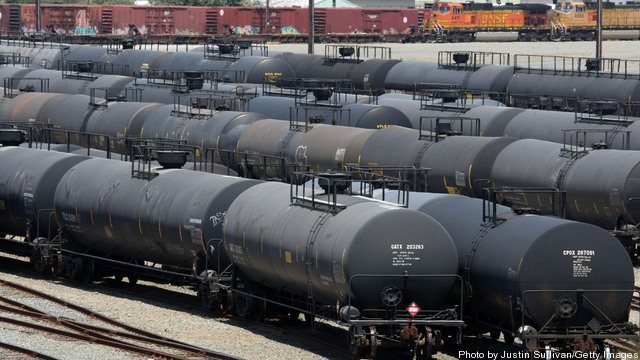
US refining economics have been under pressure in recent years, particularly on the East Coast, where lack of infrastructure or bottlenecks forced some refineries to process crude imported from overseas markets at prices linked to the more expensive Brent benchmark. But independent refiner PBF Energy saw an opportunity and bought 3 major facilities between late 2010 and early 2011 in an effort to access increasing volumes coming on from the Bakken region and Western Canadian oil sands via rail.
PBF acquired 2 refineries located in Delaware City, Delaware and Paulsboro, New Jersey from Valero with a combined refining capacity of 370,000 b/d. Crude was traditionally transported to these plants via barge and ship along the Delaware River, but PBF constructed a crude rail unloading facility at the Delaware City refinery designed to accept shipments from the Mid-Continent and Western Canada at prices linked to West Texas Intermediate – the US benchmark grade – currently trading at a roughly $20/barrel discount to Brent. Keep reading →
Does the US actually need more natural gas storage to accommodate rising production, or can it ‘finesse’ the storage it has to better balance shifting supply and demand fundamentals? The recent head of Ranger Midstream describes a revolutionary approach for a key sector in this video from a recent US Association for Energy Economics summit.
Storage is an essential but often unglamorous portion of what makes up a commodities market, and the history of the energy business – as is noted in this video – proves that storage access and storage infrastructure can impact outcomes for the more visible production and demand parts of the business. Keep reading →
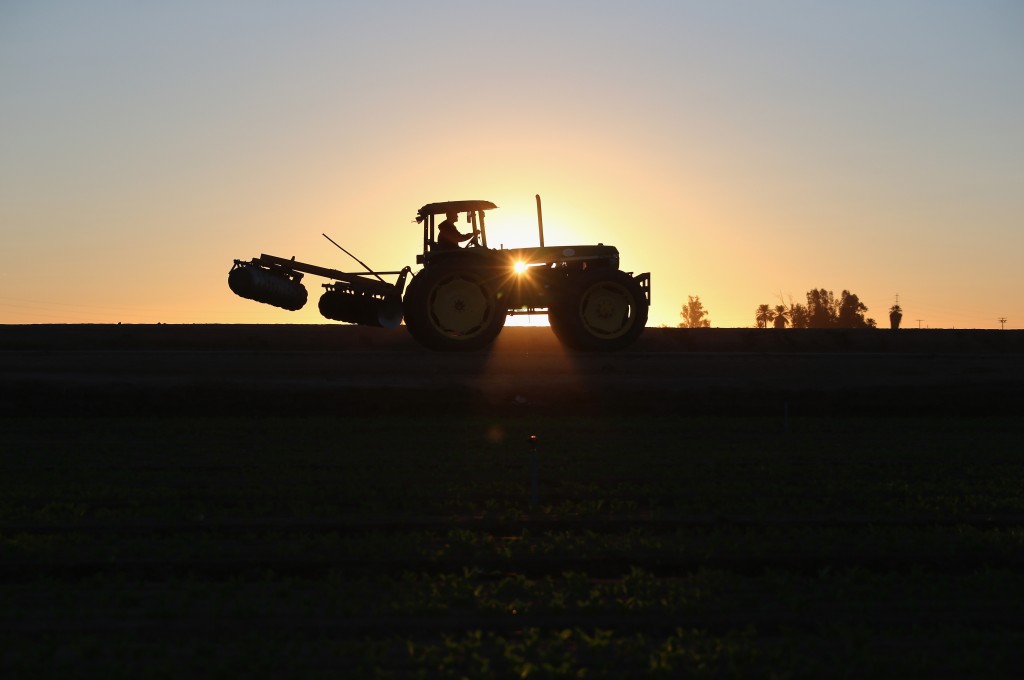
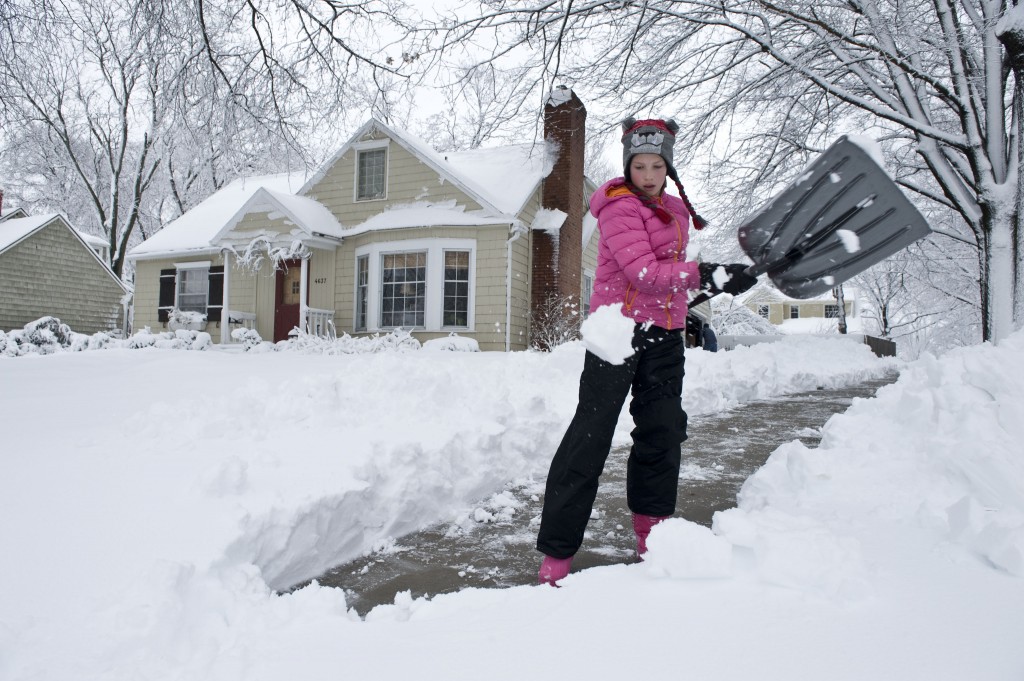
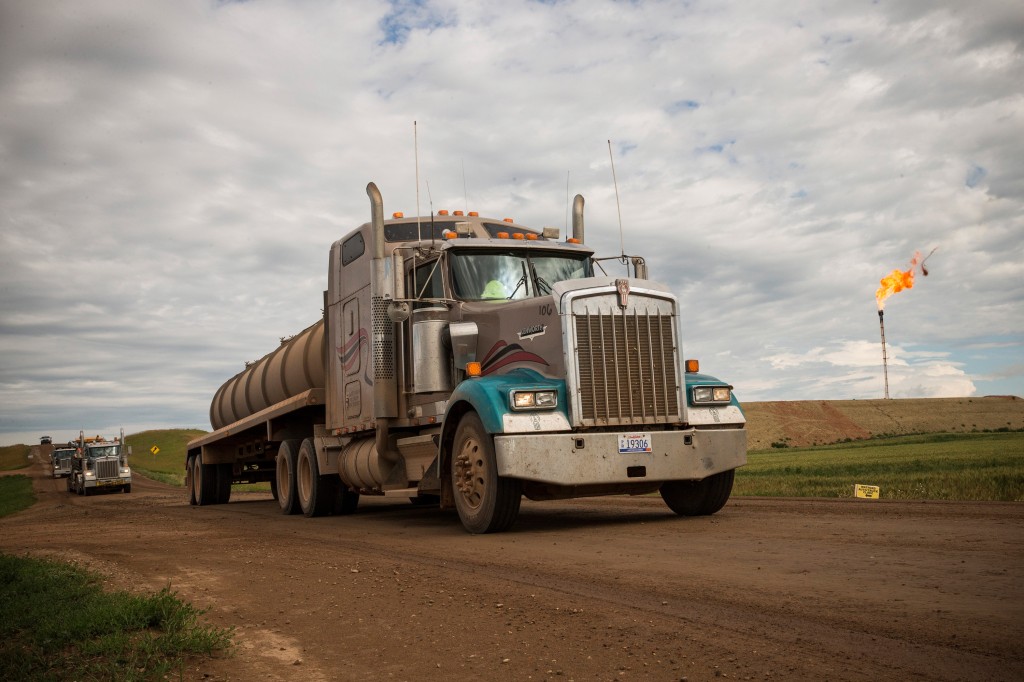
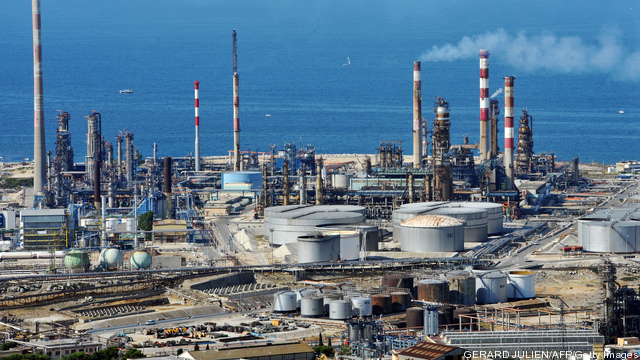

Breaking Down the US Energy Independence Discussion
By Jared AndersonFew topics have received as much attention over the past year as the concept of an energy independent United States. In fact, energy independence featured prominently in the run-up to the US presidential election. But what does energy independence really mean?
In the US, energy can be broken down mainly into electrical power – which accounts for 63% of total US primary energy consumption – and liquid transportation fuels – which account for the remaining 37%. As reported earlier this year in Breaking Energy, the US is already effectively energy independent when it comes to power generation, so it is worth instead focusing on the transportation side of the equation, where the issue of importing energy is more relevant. Keep reading →